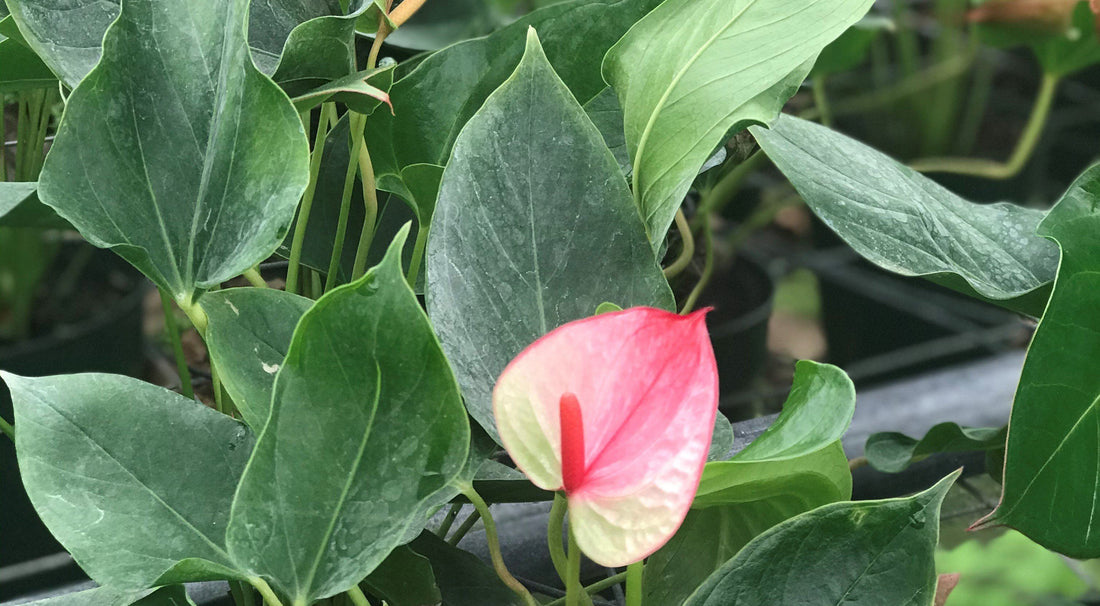Houseplant Pests: Mealybugs

With warm weather upon us, houseplant owners should be on the lookout for a few unwanted visitors. Let’s kick off with a popular one: the mealybug.
Mealybugs are soft-bodied, slow-moving scale insects that latch onto plants and feed on their juices. They thrive in warm, moist conditions making them a higher threat in the spring and summer. Not only do they spread disease to houseplants, they eventually deplete them of life. Not kidding. They start off super tiny, eventually growing into their oval shaped, segmented bodies. Their cottony web clusters and powdery coating are commonly mistaken for mold, but this is a dead giveaway that you have mealies. They look really gross in person, so we’ve decided to spare you an IRL image. Here's what they look like:

If you really want to see them in all their gross glory, click here.
All mealybugs eat is plant juice (glucose), so their poop may attract ants as well… gross, we know. If ignored, they’ll completely destroy your houseplant, and eventually move on to your entire collection. Of course, we can't let that happen.
Treatment
You're minding your own business admiring your plants, and then you spot a mealybug. The sighting was likely on the underside of a leaf or in a stem crevice, since this is where they like to hide. It's time to become your plants personal hero by following these steps:
- Quarantine the plant. As mentioned earlier, mealybugs can spread to other plants like wildfire. You need to isolate your plant for the same reason we're currently practicing social distancing. Gotta keep the neighbors safe!
- Wipe the bugs off. In our experience, the easiest way to do this is to dip a Q tip in rubbing alcohol. You can also use mild dish soap diluted with water. Use the Q tip to wipe the insects off, and be sure to get any visible webs (props to you if you use reusable, zero-waste alternative).
- Spray the plant down. Using a mixture of rubbing alcohol and water (1:3 ratio), spray the leaves and stems of the plant. This is strong enough to kill anything you missed, but safe to use on your plant. Make sure to target the underside of the leaves and crevices. Avoid direct light when doing this.
- Monitor daily. Inspect your plant frequently for any signs of survivors. It may take a couple of treatments before they're gone for good, but with vigilance, they will be defeated. 💪
After you've eradicated the colony (pause for dramatic effect), give your plant some extra TLC. It's likely stressed from having a bunch of tiny vampires attached to it. Keep it in its preferred light and water it as usual. If it's been 6 weeks since it was last repotted, give it some plant food. It can use a nutrient boost.
Prevention
After going through the horror of dealing with these nasty plant killers, you're likely wondering how to stop it from happening again. Here's what you can do:
- Inspect every plant. Anytime you get a new plant, it's wise to give it a thorough inspection and even a spray down in the sink, just in case. Most shops and nurseries are vigilant about pest control, but it's nature and it happens. Look out for yourself and your plants!
- Clean your leaves. This is important for many reasons, but a plant with dusty leaves struggles to photosynthesize properly, making it a weak and easy target for predators. We like to mix apple cider vinegar and water (1:2) in a bowl and use a reusable cloth to gently remove unwanted buildup.
- Use pesticides. Neem oil is a naturally occuring pesticide that you can safely spray your plants with to prevent pest outbreaks. It also has anti-bacterial and anti-fungal properties.
